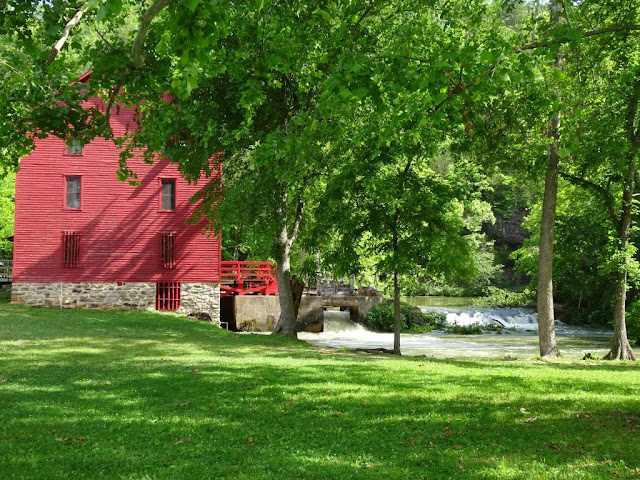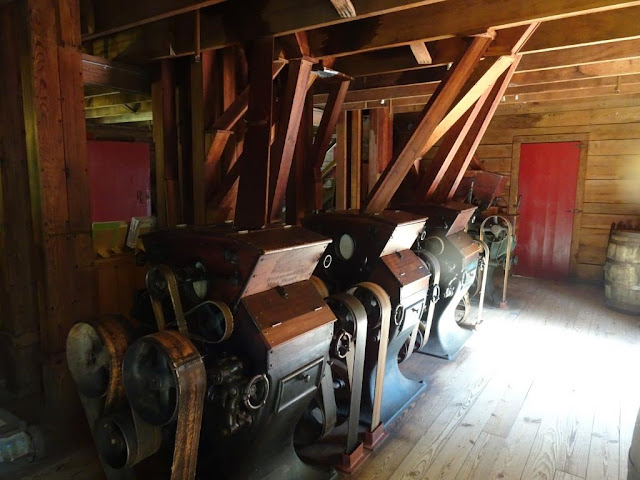

Hendrix grew up in the Seattle area where his father bought him a five-dollar guitar in 1958. His interest in music and that guitar led to Jimi's first band, which furthered his musical interest and another guitar - this time electric.
On May 31, 1961, he enlisted in the Army joining the 101st Airborne Division in Fort Campbell, Kentucky, which is just across the Cumberland River from Clarksville. While on base, Hendrix continued to hone his guitar craft while also training as a parachutist. Jimi befriended a bassist, Billy Cox, and they played together - often in Clarksville. Not everyone at Fort Campbell was as entertained by Jimi's passion for the guitar. On May 24, 1962 (almost a year later) Jimi's platoon sergeant filed a report, stating "Private Hendrix has no interest whatsoever in the Army ... It is my opinion that (he) will never come up to the standards required of a soldier. I feel that the military service will benefit if he is discharged as soon as possible." Hendrix was granted an honorable discharge on June 29 that cited an ankle injury, and he formally left the Army after a brief parachutist career.
After his discharge, Hendrix went to Clarksville where he played at many of the clubs then began touring with bands and headed to New York City in 1963. After a move to Engand in 1966 he released his first solo single, "Hey Joe." His music influenced many other musicians before he died on September 18, 1970 in London.

We took a walk around the area and spotted this painting under a train trestle. We weren't sure if the song, "Last Train to Clarksville" was about here so I looked it up and found out that according to the songwriter, Bobby Hart, it wasn't specifically written about Clarksville, Tennessee. He also said, however, that the song is indirectly about a soldier leaving for the Vietnam War, and Clarksville's proximity to Fort Campbell does fit the storyline. I'm going with my first impression - it's about Clarksville, Tennessee!

The picture above is the first US post office and Customs House in Clarksville. It was built in 1898 and now houses a museum. The architecture was interesting.
We headed over to the Fort Defiance Civil War Park and interpretive center. They had a few canons along the path and signs explaining the back and forth control of the fort - first by Confederates, then the Union, back to the Confederates, and back to final control by the Union Army. The interpretative center had move information and we spent a short while checking it out.

Next stop on the agenda was Nashville. We were going to stop at the Opryland Hotel so Tobey could see it. I had been there in the 1990s for a convention and visited again in 1996 with Tyler and some friends and thought it was beautiful. WELL ... it is now a Gaylord property and they must think it is beautiful, too, because they charge $37 to self-park! We did not park or go in. After we got here to our hotel and I had internet, I found some information about places we could park and walk to it. Maybe we will stop on our way back to Colorado!
Our next stop was the Parthenon. "Isn't the Parthenon in Greece?" you ask. Yes, it is. However, the world's ONLY exact-size and detail replica of the original temple in Athens, Greece, is in Nashville, Tennessee! (Exterior only - the inside was an exhibition hall) When Tennessee celebrated its 100th year of statehood with the Tennessee Centennial Exposition, Nashville took advantage of its nickname "Athens of the South" and built the Fine Arts Building as a copy of the original!
The original building was built with plaster, wood, and bricks. After the Centennial Exposition ended in 1897, most of the other buildings were destroyed but the Parthenon remained as the centerpiece of the empty fairgrounds. In 1920 the building was deteriorating and the city decided to make the Parthenon a permanent structure made from concrete. The exterior renovation was completed in 1925 and became a city museum in 1931.

We can now say we have been to BOTH Parthenons - Greece and Nashville!
We decided to take a short drive to Music Row which is home to many record label offices, radio stations, and recording studios.



Our next stop was the Parthenon. "Isn't the Parthenon in Greece?" you ask. Yes, it is. However, the world's ONLY exact-size and detail replica of the original temple in Athens, Greece, is in Nashville, Tennessee! (Exterior only - the inside was an exhibition hall) When Tennessee celebrated its 100th year of statehood with the Tennessee Centennial Exposition, Nashville took advantage of its nickname "Athens of the South" and built the Fine Arts Building as a copy of the original!
The original building was built with plaster, wood, and bricks. After the Centennial Exposition ended in 1897, most of the other buildings were destroyed but the Parthenon remained as the centerpiece of the empty fairgrounds. In 1920 the building was deteriorating and the city decided to make the Parthenon a permanent structure made from concrete. The exterior renovation was completed in 1925 and became a city museum in 1931.

We can now say we have been to BOTH Parthenons - Greece and Nashville!

We decided to take a short drive to Music Row which is home to many record label offices, radio stations, and recording studios.



It was pretty quiet, but lots of big recording studios.
Back on the highway we battled more heavy traffic and made our way to Knoxville where we are spending the night. Tomorrow morning our first stop will be Discount Tire for a tire rotation before heading on to North Carolina.





















































